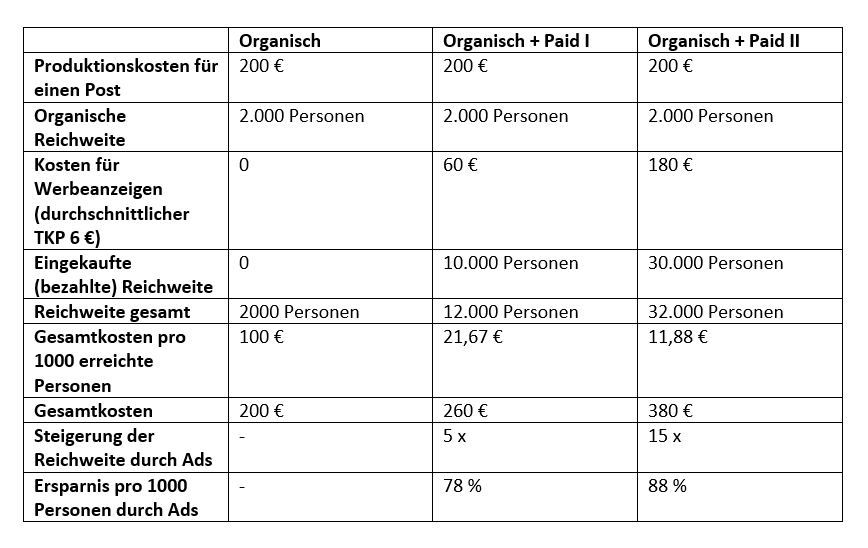Let's face it, for years Facebook and Instagram’s organic (read: free) post reach has been declining. In 2020, Facebook’s average reach was only 5.2% (compared to 5.5% in 2019 and 7.7% in 2018). Instagram fell by 43% in 2021 compared to the previous year. The trend is still continuing downwards.
The algorithm is working against us
The reason for the decline in reach is partly due to adjustments made to the meta-algorithm in recent years. Since 2018, organic posts from family and friends have been given preference over business pages. This has been followed by an increase in reach for new formats that are overtaking the classic post feed, first with stories and now reels.
In the meantime, account interaction frequency, the type of content (offered with frequent interaction) and a high level of post engagement are decisive for posts to end up in a user's feed. This means that unless a company is a favourite brand or runs a giveaway in the comment sections, it may be difficult to be seen at all.
Invest money to reduce costs
So, what can companies do to make organic posts worthwhile again? How do you reach lots of the right people on Facebook and Instagram again? My recommendation is to promote every organic post additionally. By spending on ads, production costs to number of people reached drops while reach increases significantly. For example:

Three scenarios are displayed in the table: The "Organic" column shows a Facebook post only published organically and thus achieves a reach of 2,000 people. The total cost is only €200. The cost to reach 1,000 people is extremely high at €100.
In the "Organic + Paid I" column €60 is invested to additionally advertise the post. With a current CPM (cost/reach*1,000) of €6, the total cost per 1,000 people reached falls to €21.67, while the reach increases fivefold.
In the third scenario ("Organic + Paid II") the media budget is €180. This almost doubles expenditure, but reach also multiplies by 15, while the cost to reach 1,000 people shrinks to €11.88.
So even a small ad budget significantly increases organic post reach and drastically affects the actual cost of reaching users on Facebook.
Reach new target groups and improve performance
Ads also offer other advantages: Through targeting, not only larger but above all new target groups can be developed that match the brand or product based on their interests. With the help of various retargeting options, it is also possible to reach all those users who, for example, have already interacted with a post or watched a video.
To increase the effectiveness of an ad, A/B testing can be used to find out which image, video or text works better. This is not only possible between different creatives; a post can also be played out to different target groups to see where it performs better.
By selecting the right campaign objective (e.g. traffic, engagement, app downloads), it can be ensured that users do what they are supposed to do with the adverts. This means that your own goals can be achieved more quickly (and reliably).
Last but not least, placing ads makes it possible to generate learnings. Since ad results (with the same goals) can be compared and used for future campaigns, in contrast to organic posts, where it is often unclear why a post has performed well (or not).

